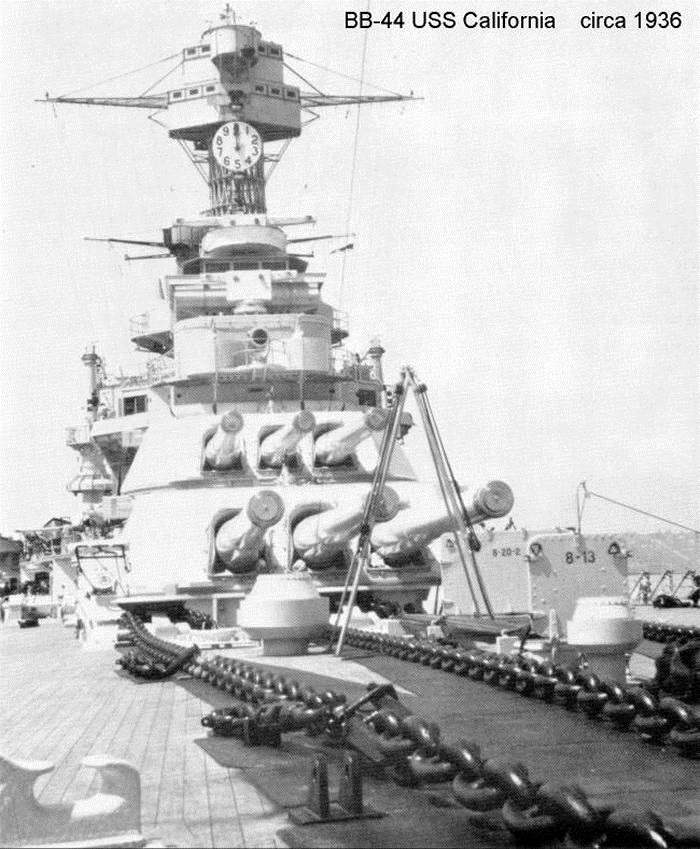When airplanes first started to be used for serious transportation purposes, sometime after World War I, the problems involved with flight at night and in periods of low visibility became critical. Transcontinental airmail, for example, lost much of its theoretical speed advantage if the plane carrying the mail had to stop for the night. Gyroscopic flight instruments addressed the problem of controlling the airplane without outside visual references, but there remained the problem of navigation.
An experiment in 1921 demonstrated that airmail could be successfully flown coast-to-coast, including the overnight interval, with the aid of bonfires located along the route. The bonfires were soon displaced by a more permanent installation based on rotating beacons. The first lighted airway extended from Chicago to Cheyenne…the idea was that pilots of coast-to-coast flights could depart from either coast in early morning and reach the lighted segment before dusk. The airway system rapidly expanded to cover much of the country–by 1933, the Federal Airway System extended to 18,000 miles of lighted airways, encompassing 1,550 rotating beacons. The million-candlepower beacons were positioned every ten miles along the airway, and in clear weather were visible for 40 miles. Red or green course lights at each beacon flashed a Morse identifier so that the pilot could definitely identify his linear position on the airway.
Lighted airways solved the navigation problem very well on a clear night, but were of limited value in overcast weather or heavy participation. You might be able to see the beacons through thin cloud or light rain, but a thicker cloud layer, or heavy rain/snow, might leave you without navigational guidance.
The answer was found in radio technology. The four-course radio range transmitted signals at low frequency (below the AM broadcast band) in four quadrants. In two of the quadrants, the Morse letter N (dash dot) was transmitted continuously; in the other two quadrants, there was continuous transmission of the Morse A (dot dash.) The line where two quadrants met formed a course that a pilot could follow by listening to the signal in his headphones: if he was exactly “on the beam,” the A and the N would interlock to form a continuous tone; if he was to one side or the other, he would begin to hear the A or N code emerging.
The radio range stations were located every 200 miles, and were overlaid on the lighted airways, the visual beacons of which continued to be maintained. The eventual extent of the radio-range airway system is shown in this map. All that was required in the airplane was a simple AM radio with the proper frequency coverage.
The system made reliable scheduled flying a reality, but it did have some limitations. Old-time pilot Ernest Gann described one flight:
Beyond the cockpit windows, a few inches beyond your own nose and that of your DC-2’s, lies the night. Range signals are crisp, the air smooth enough to drink the stewardess’s lukewarm coffee without fear of spilling it…Matters are so nicely in hand you might even flip through a magazine while the copilot improves his instrument proficiency…
Suddenly you are aware the copilot is shifting unhappily in his seat. “I’ve lost the range. Nothing.”
You deposit the Saturday Evening Post in the aluminum bin which already holds the metal logbook and skid your headphones back in place…There are no signals of any kind or the rap of distance voices from anywhere in the night below. There is only a gentle hissing in your headphones as if some wag were playing a recording of ocean waves singing on a beach.
You reach for a switch above your head and flip on the landing lights. Suspicion confirmed. Out of the night trillions of white lines are landing toward your eyes. Snow. Apparently the finer the flakes the more effective. It has isolated you and all aboard from the nether world. The total effect suggests you might have become a passenger in Captain Nemo’s fancy submarine.
